The Unspoken Reality of Raising a Seed Round
Fundraising is one of those topics that looks simple from the outside and feels chaotic from the inside. It’s a world filled with contradictions — open yet opaque, exciting yet draining, fast-moving yet painfully slow. For many founders, raising a seed round isn’t the glamorous breakthrough it’s often made out to be. It’s a grind — one that exposes just how much of the startup world runs on trust, perception, and persistence rather than pure product.
There Are No Clear Rules
If you’re raising your first round, you quickly realize how little public information actually exists. There are blogs and templates, sure — YC’s SAFE, TechCrunch articles, angel lists of investors — but none of them answer the real questions:
What’s the right amount of equity to give away?
What’s considered “normal” for a seed deal in your stage or market?
How do you know when an offer is fair — or when you’re being taken advantage of?
You learn that there’s no universal answer. Every negotiation is situational. Every investor has a different playbook. Some will ask for more equity than you ever expected; others will surprise you with generosity. But in those early days, when every day feels like a race against the clock, you don’t have the luxury of overanalyzing. You need capital to build, to hire, to survive. And that imbalance can make even the most confident founders feel exposed.
The Grind Nobody Talks About
Behind every slick “we’ve raised our seed round” announcement on LinkedIn are weeks or months of relentless effort. The reality is more calls than anyone wants to admit — dozens, sometimes hundreds. It’s endless pitch revisions, late-night product demos, hurried bug fixes just to show “something new” for your next meeting.
Fundraising consumes everything. You start to realize that your job has quietly shifted from building to convincing — convincing investors that what you’re doing is worth betting on.
And while investors like to say they “invest in founders,” what they really mean is they invest in signals — traction, momentum, social proof. Often, it’s who you know that opens doors, not what you’ve built. Once one investor with the right network says yes, others suddenly appear. Before that, it can feel like shouting into the void.
The Odd Speed of Venture
The pace of venture capital can be bewildering. One investor might take weeks to review your deck and go silent after a promising second call. Another might go from first meeting to wiring funds in under a week.
American VCs, in particular, tend to move fast — sometimes shockingly fast. A conversation can turn into a term sheet overnight, and a SAFE can be signed and funded before you’ve even processed the fact that it’s happening.
That speed can be thrilling — and terrifying. It gives founders hope that things can change instantly, that one call can make the difference. But it also makes the quiet stretches harder to bear, when you’re grinding away without any sign of progress.
The Surprising Flexibility of the System
One of the most surprising aspects of raising early-stage capital is just how fluid the process really is. The deals aren’t as standardized as you might think. Seed rounds often involve a mix of capital, advisory roles, introductions, and SAFEs that convert later with discounts. It’s not the rigid, linear process that startup lore makes it out to be.
For many founders, especially those who skipped the “pre-seed” phase and jumped straight to seed after launching a product, it feels like an unspoken compromise — trading some future equity for the oxygen to keep going.
And that’s okay. Because at this stage, flexibility is often the difference between momentum and stagnation.
The Paradox of Perception
What’s often amusing — or sobering — is how investors react to something you, as a builder, might consider the bare minimum. A functioning, polished product. Real users. Even a modest amount of traction.
Many investors express genuine surprise when they learn that what you’ve built was done bootstrapped. That’s telling. It shows how rare it’s becoming to see products built well without outside capital. In a world obsessed with shipping fast, taking your time to build something that actually works can be a differentiator in itself.
It’s ironic: founders are often told to “move fast and break things,” yet what seems to impress the most is simply building something that works. Quality has quietly become a moat again.
The Seed Isn’t the Summit
There’s also a fundamental misunderstanding about what a seed round represents. It’s not success — it’s survival.
Getting to a seed round doesn’t mean you’ve “made it.” It means you’ve earned runway. You’ve gained enough belief from others to keep pushing forward. But the startup “dream” that people imagine — the scaling, the growth, the team expansion — that really starts at Series A.
The seed is about building the foundation. It’s about learning how to tell your story, how to manage investors, and how to keep focus when every shiny new feature feels like your next make-or-break moment.
The Human Reality
Raising a round tests every aspect of a founder’s resilience. It’s part sales, part psychology, part performance art. It can be exhilarating one day and deeply demoralizing the next.
You start to notice patterns: how much investors rely on momentum and how few truly take the time to understand your product. You learn to appreciate the rare ones who do — the ones who ask thoughtful questions and genuinely care about what you’re building.
And you realize that beyond all the mechanics — equity splits, SAFEs, cap tables — fundraising is fundamentally about trust. Trust that you can execute. Trust that you can adapt. Trust that this chaotic, uncertain thing you’re building is worth believing in.
Closing Thoughts
There’s a quiet misconception in startup culture that raising a seed round is the victory. But it’s really just the starting gun.
It’s not the moment you’ve “made it” — it’s the moment you get to keep going.
Raising money is hard. It’s messy. It’s political. And it’s often more about perseverance than polish. But it also teaches you something invaluable about the craft of building: that at the end of the day, substance still stands out.
The founders who endure the slog — who keep showing up on calls, keep refining, keep building even when the deck feels stacked — are the ones who ultimately find the right partners, not just the first ones willing to say yes.
Because raising a seed round isn’t about finding money. It’s about finding belief — in your product, in your process, and in yourself.

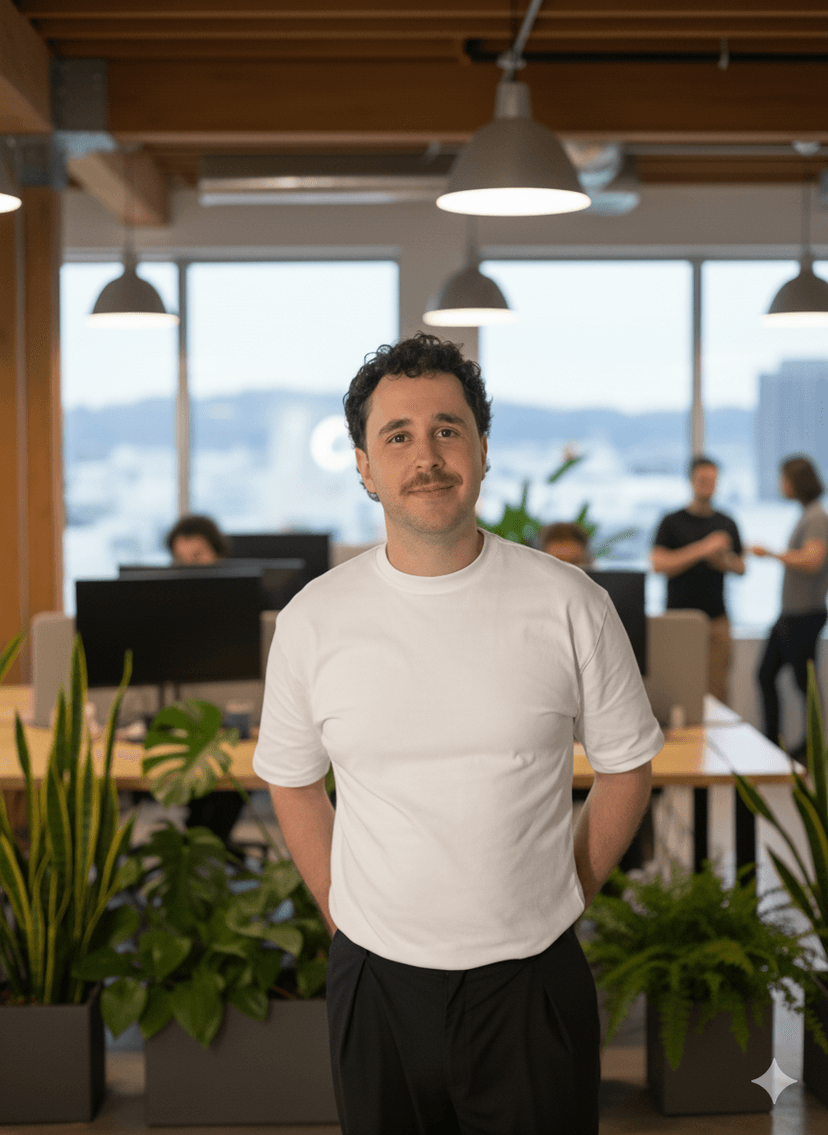

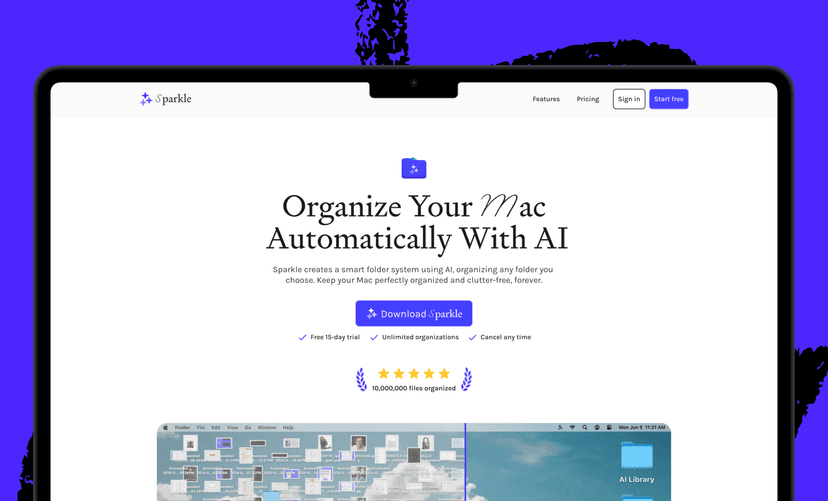

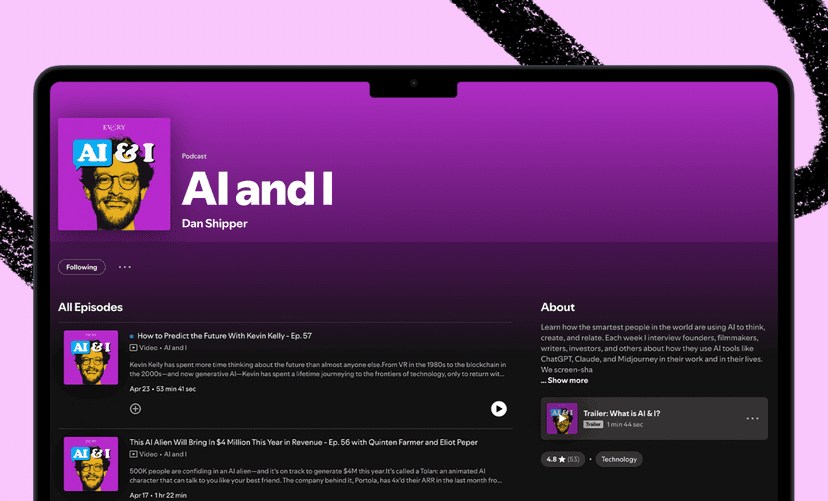
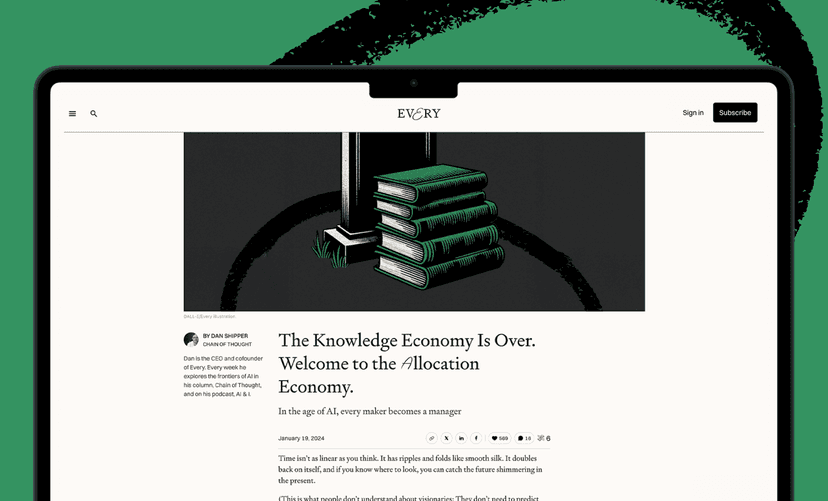
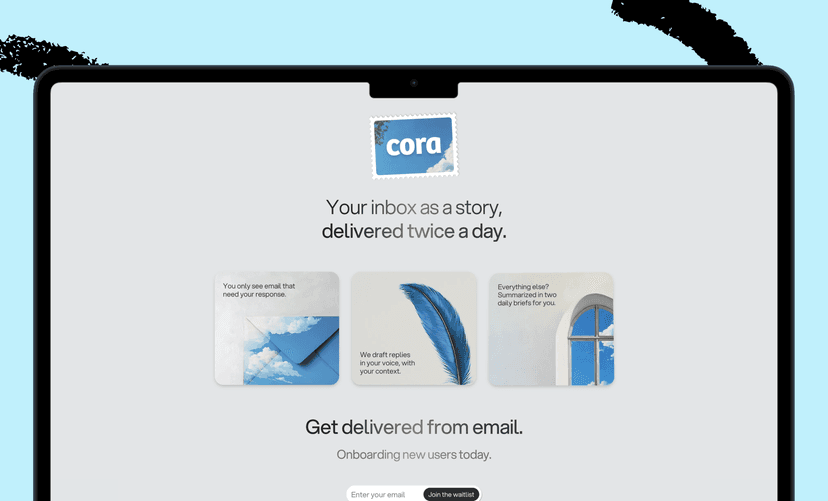
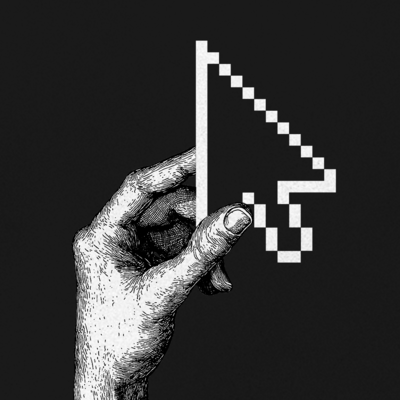
.png)
